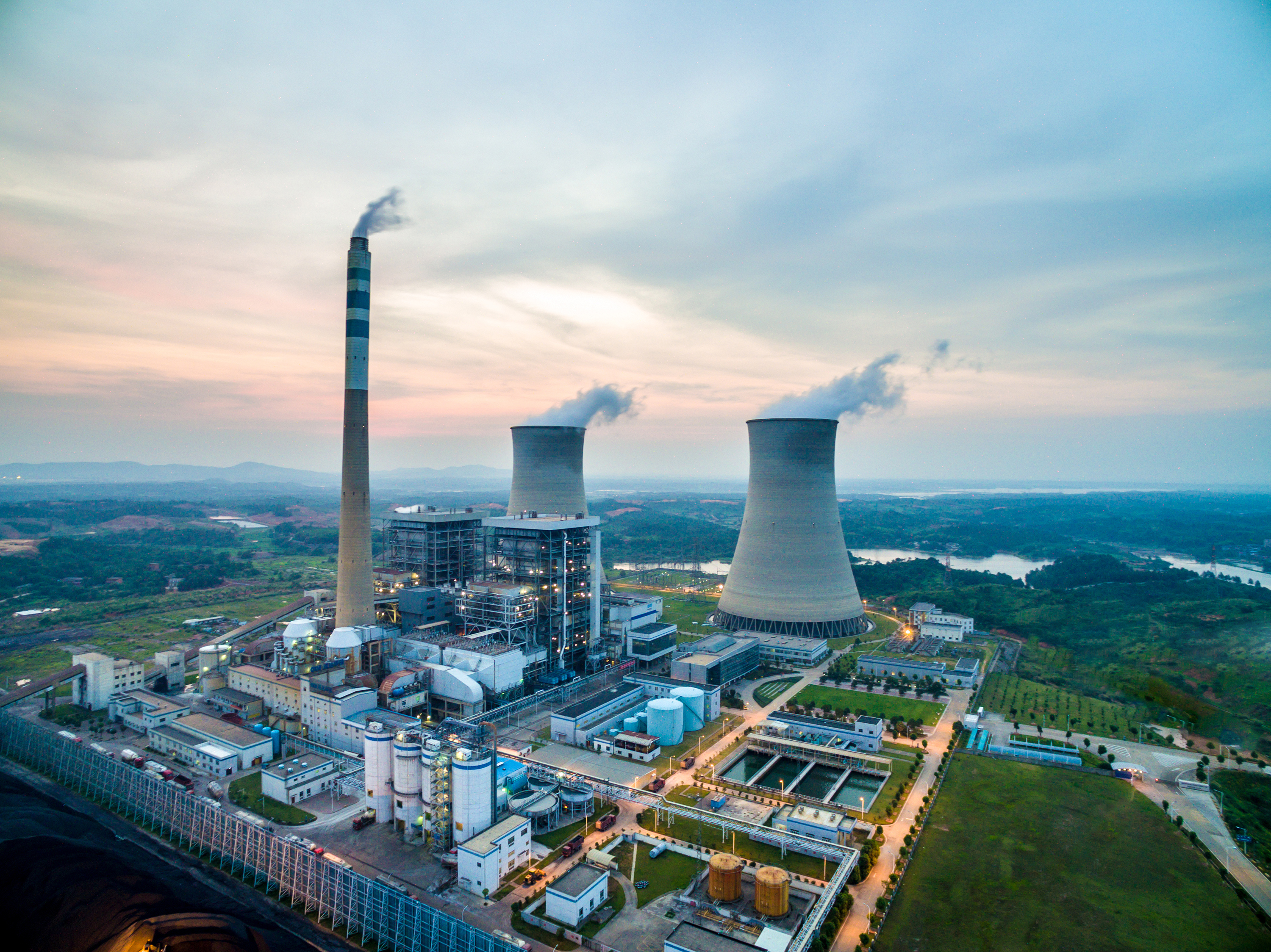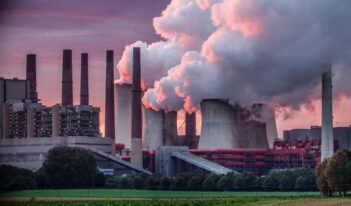
Nuclear power expansion shows potential for emissions-free electricity by 2050.
Is it too late for the world to meet the emissions targets needed to avoid catastrophic climate change? According to the United Nations Environment Programme (UNEP), global carbon emissions must reach zero by 2070 to avoid a dangerous rise in global temperature. A general temperature rise over pre-industrial levels of just two degrees Celsius would lead to rising sea levels and extreme weather, according to the UNEP.
As world powers prepare to negotiate global emissions cuts later this November in Paris, a working paper by Staffan Qvist and Barry Brook argues that the world could generate all of its electricity needs without greenhouse gas emissions within about three decades by expanding global nuclear power.
The study examines the experience of Sweden during the 1960s, when it greatly increased its nuclear power capacity. Relative to the size of its economy, Sweden experienced the highest growth of carbon-free electricity generation ever. Qvist and Brook calculate that if other countries in the world emulate this nuclear power expansion rate, nuclear power would completely replace fossil fuel electricity generation in as little as 25 years.
Noting that the Swedish experience may have been unique, Qvist and Brook also analyze the French expansion of nuclear power during the same time period. Although France created more total nuclear capacity than Sweden during the studied period, its relative growth rate compared to its gross domestic product was slower. Admittedly, France’s relative rate was still one of the fastest deployments of nuclear power ever. Qvist and Brook conclude that if the world were to expand nuclear production at the same relative rate as France, it could have emissions-free electricity within 34 years.
Qvist and Brook argue that examining actual deployment rates of nuclear power relative to a nation’s economy provides the least speculative means of determining how soon all electricity can be carbon-free. Using historical data, the study claims that countries can build carbon-free electricity generation on a large scale without harming the economy. During the nuclear expansion periods in both Sweden and France, per capita gross domestic product continued to grow, while per capita emissions shrank.
By relying on the growth rate relative to the size of the gross domestic product, the study also controls for differences in economies. To eliminate fossil fuel electricity generation within the time frame, smaller countries would not need to build as many power plants as Sweden did, they simply must build them at the same rate. Conversely, although the United Sates had built more nuclear power capacity than Sweden during the study period, these investments were much smaller relative to the size of the economy. Countries like the United States would have to increase significantly their nuclear power capacity to achieve the goal.
Qvist and Brook based their study on experiences and technology from the 1960s, when nuclear power plants were still relatively new. Therefore, the countries spent significant time creating new power plant designs. Qvist and Brook maintain that countries can now develop new projects even more quickly by using designs from existing plants, a practice unavailable to Sweden during the period of study. Additionally, nuclear power plants are faster to build and capable of generating more energy.
Qvist and Brook do include some caveats. For one, only countries that have nuclear programs with experienced and established regulators could potentially build nuclear plants at the rates proposed in the study. However, 90% of global electricity emissions come from countries that already produce nuclear power under regulatory supervision. Furthermore, many nuclear plants built in the 1960s and 1970s are scheduled to be decommissioned, and would need to be rebuilt in order to maintain capacity. Finally, higher growth in electricity demand in developing nations may outstrip supply while building nuclear power plants. Because nuclear plants often take longer to construct than carbon-emitting plants, electricity-hungry economies may need to construct non-nuclear power plants to meet their short-term needs.
Using more nuclear energy could make significant strides in addressing climate change, but it would not completely solve the problem. According to the Intergovernmental Panel on Climate Change, about 26% of greenhouse gas emissions come from electricity production. Even if nuclear power plants met all of the worlds energy needs, there would still be significant greenhouse gas emissions from other areas. The uses for nuclear power may increase in the future, however. For example, if vehicles currently powered by combustion engines are replaced with electric engines, nuclear power could displace part of the approximately 13% of emissions that come from transportation. Qvist and Brook believe that creating nuclear energy at the studied rate could accommodate the increased adoption of electric vehicles given their assumptions on electricity consumption growth.
Although the paper demonstrates the economic feasibility of electricity going carbon-free in time to stop catastrophic climate change, there are significant political obstacles to negotiating a carbon-free future in Paris this fall. President Obama has called for a comprehensive agreement on greenhouse gas emissions, but Senate Majority Leader Mitch McConnell has reportedly warned foreign countries that any agreement on emissions cuts will not be ratified by the Senate and thus will not be legally binding.



